Understanding the Waquoit Bay Ecosystem
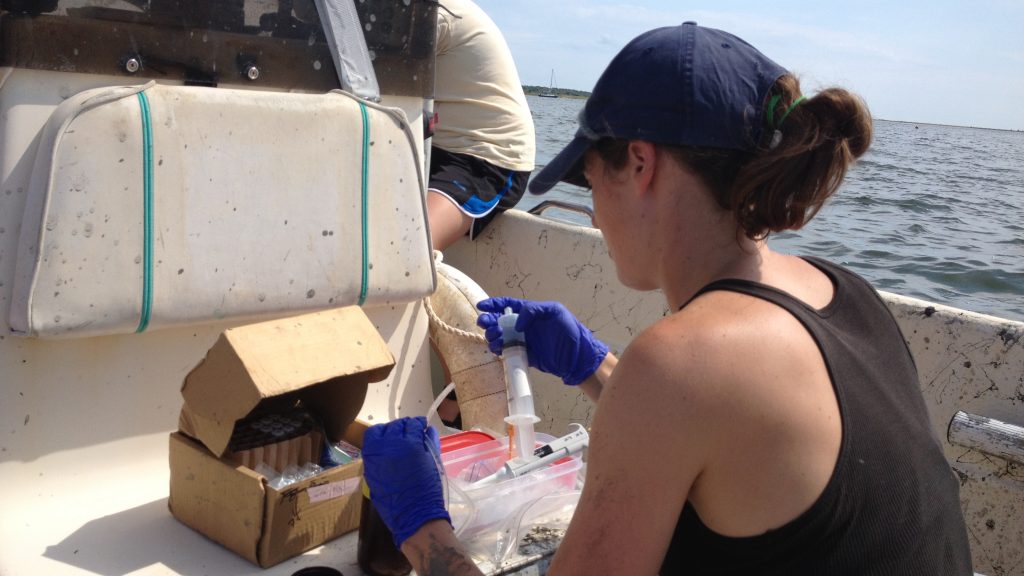
A Q&A with Sarah Foster
Sarah Foster is a Boston University graduate student doing her dissertation research in Waquoit Bay (Cape Cod, Massachusetts). A biogeochemist, Sarah investigates the impact hypoxia, or low oxygen, in the water has on crucial functions within Waquoit Bay’s ecosystem. She recently published research she and her co-author, Wally Fulweiler conducted in the Journal of Geophysical Research: Biogeosciences. We spoke to her to get a fix on what she learned.
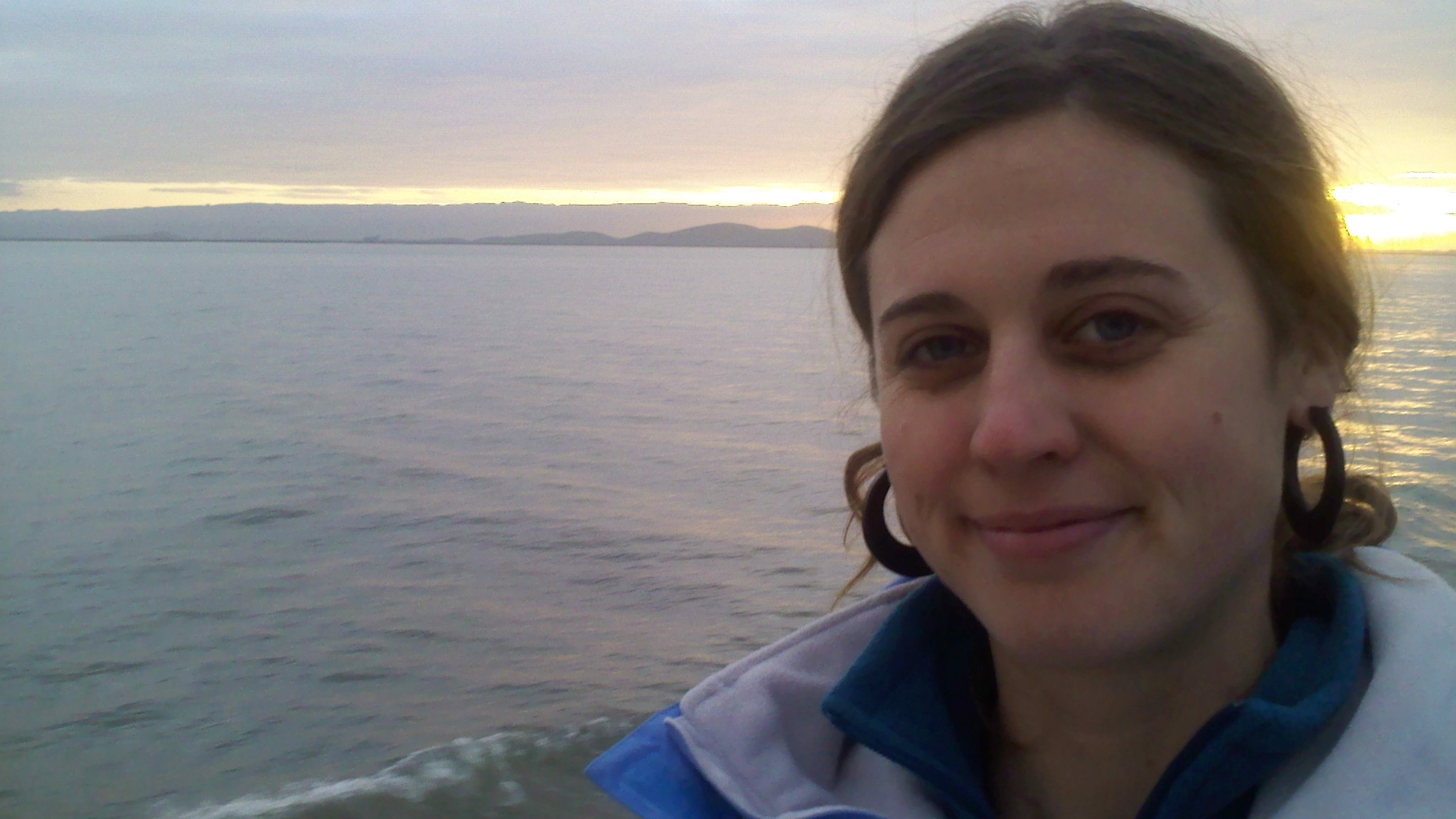
Q: You’re a biogeochemist. Would you explain what biogeochemistry is?
Biogeochemistry is a huge mouthful but it links biology, geology, physics, and chemistry together to look at how an ecosystem works. For example, we ask questions like – How do plants, animals, and microbes interact with sediments to affect nutrient cycling and greenhouse gas emissions? How do humans alter important ecosystem processes through nutrient pollution and climatological change?
Q: What are some of the ecological changes that have occurred in Waquoit Bay over the past century?
Perhaps one of the most notable changes, is a shift from rooted eelgrass to floating macroalgae mats. Historically, eelgrass was the base of Waquoit ecosystem. Up until around the 1940s and ‘50s, it almost completely covered the bottom of Waquoit Bay. But around that time, we started to see a decline in eelgrass while at the same time an increase in macroalgae biomass in the Bay which continued through the 1990s. The ecological change was linked to the amount of nutrients being put into the Bay from nearby housing developments septic systems and lawn fertilizers.
It was a critical change for the Bay because eelgrass beds are a unique ecosystem that supports an important to the food web. Not only is the eelgrass a nursery and habitat for juvenile fish and shellfish, but eelgrass has roots that go into the sediments. These roots stabilize the sediments and can even release chemicals like carbon and oxygen which changes the biogeochemical properties of the sediments. The loss of eelgrass may also be related to declines in the diversity and abundance of invertebrates like quahogs and bay scallops and other burrowing animals, which help bring oxygen to the sediment.

Q: What causes low oxygen in the water?
Oxygen is a gas that is dissolved in water and its abundance (or deficiency) is based on how the water moves, what organisms are living in the water, as well physical conditions like temperature and salinity. In many coastal ecosystems, human activities in the surrounding watershed have added more nutrients, particularly nitrogen, to the Bay. In fact, over the past century nitrogen runoff into Waquoit Bay has more than doubled. Too much nitrogen can fuel algae growth and in Waquoit Bay results in pervasive macroalgae mats cover much of the bay. These mats cause oxygen concentrations to fluctuate widely, and when they die and decompose oxygen is consumed. Conditions of low oxygen, known as hypoxia, can alter the type and abundance of plants and animals living in the Bay as well as critical biogeochemical processes.
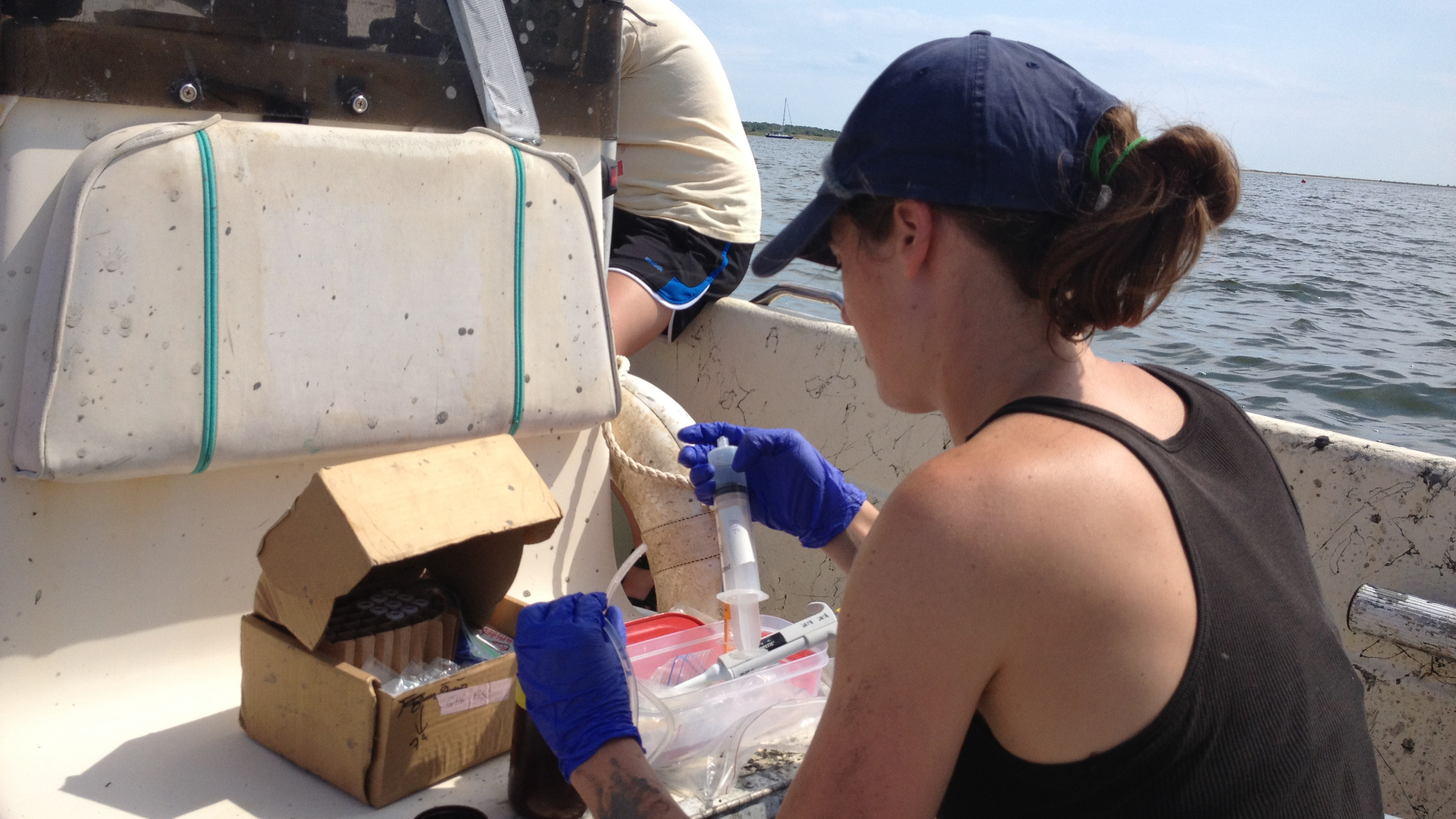
Q: Does sediment play a role in the health of the ecosystem?
Sediments are a very dynamic and alive place: Dead algae and organisms are decomposed and nutrients are returned to the water column, pollutants are transformed and removed, new organic matter is created. There’s not a lot of oxygen in the sediments but what’s there really matters – both biologically and chemically. In shallow productive systems like Waquoit, oxygen is really only at the surface of the sediments in the first few millimeters. Sediments are home to a diversity of microbial communities that contribute to the health of the ecosystem. Eliminating or changing where there’s oxygen can change microbial processes in those areas, and impact how much carbon the microbes are able to break down and bury in the sediments. It has big implications.Chemical processes in the sediment rely on oxygen to maintain a balance of nutrients in the water. For example, phosphate is a nutrient that can fuel algae growth. Phosphate can be made biologically unavailable by metal oxides that bind to it at the surface of the sediment. But without oxygen, you won’t have those metal oxides and phosphate can more easily be released into the system, which can add to algae growth and further decreases bottom water oxygen. In our Waquoit study we saw phosphate released from sediments under conditions of low oxygen. That biogeochemical alteration could have further impacts on ecosystem community structure and activity in both the sediments and the water column.
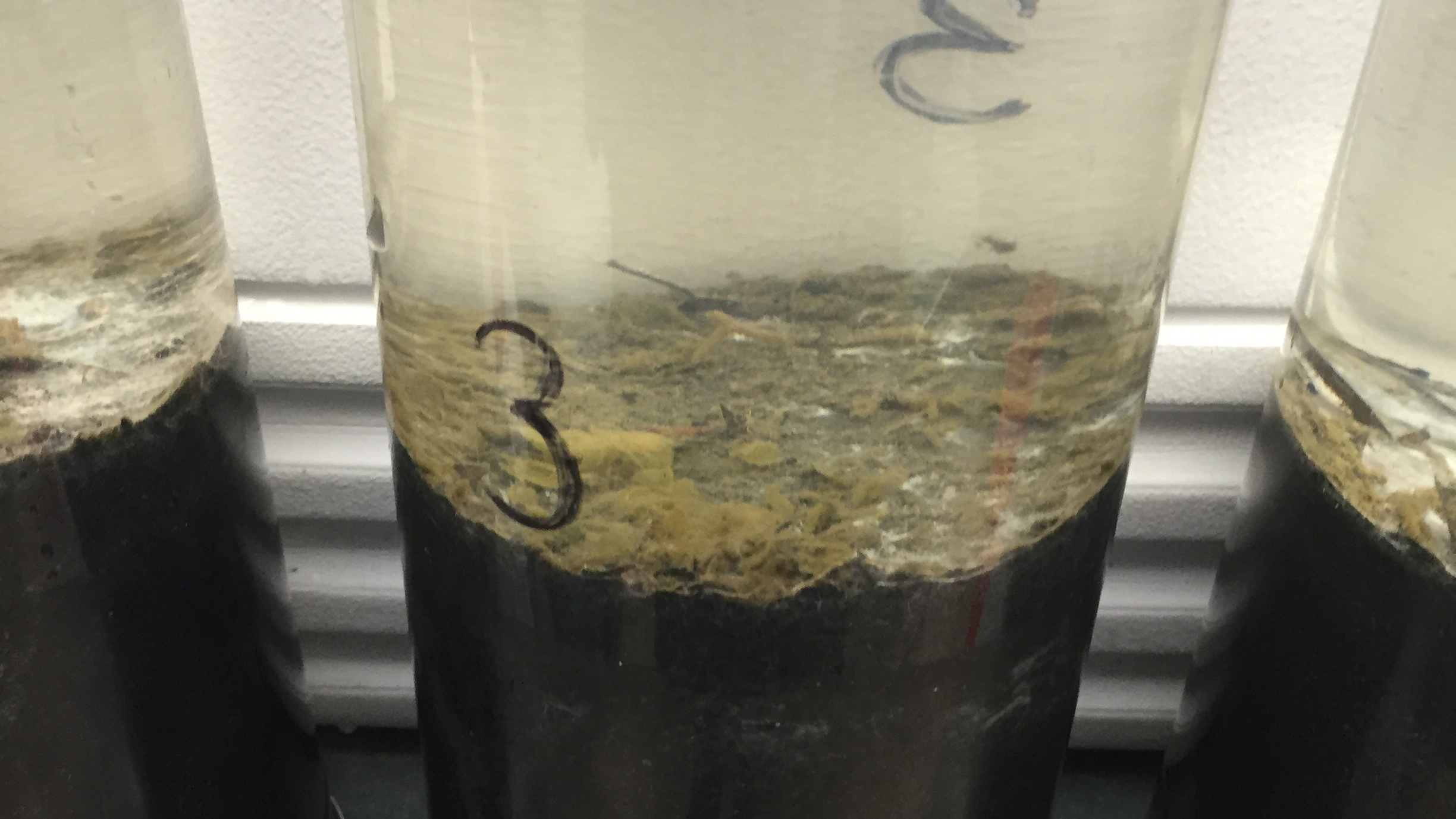
Q: Were there other findings from your study?
For our study, we conducted experiments with sediments from Waquoit Bay and measured dissolved nutrient and gas fluxes across the sediment‐water interface under normal oxygen conditions and then under hypoxia. Overall we observed variable responses in sediment biogeochemical cycling to hypoxia. We found no change in some important nitrogen cycling processes, such as the amount of ammonium released into the water column from the sediment, and no change in the sediment’s ability to remove nitrogen from the water. We did see changes in the phosphorus levels, as I already mentioned. Greenhouse gases were also an important part of the study. We found the sediment was able to take up 60 percent less nitrous oxide under hypoxic conditions. The sediment released slightly less methane, another greenhouse gas, under mildly hypoxic conditions.
Q: What does persistent hypoxia mean for the future?
Based on what we saw in the study and from what past studies tell us, we expect that the impacts of hypoxia on sediment biogeochemistry will differ depending on the intensity, duration and frequency of low oxygen conditions. With climate change – increasing sea surface temperatures, rainfall and river discharge into the estuary – we could see increased occurrences and intensities of hypoxia. It is likely that various hypoxia thresholds exist for crucial biogeochemical processes. Crossing those thresholds could act as a tipping point where impacts will dramatically change in nonlinear ways and a new ecosystem state could emerge.
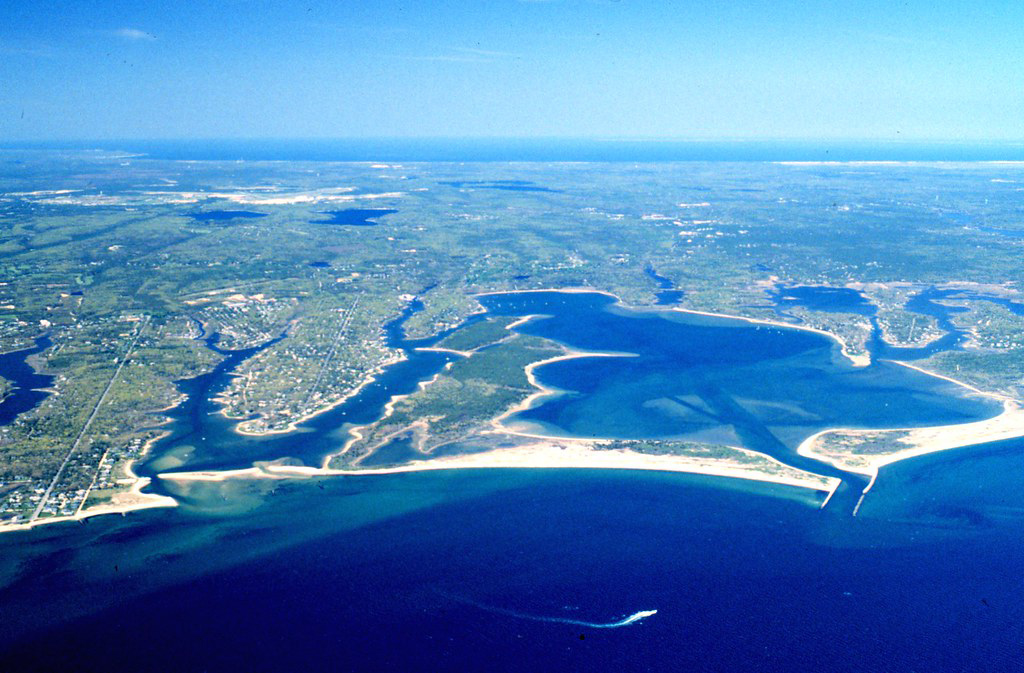
Q: Why should people care about research findings from Waquoit Bay?
Waquoit is like other shallow temperate estuaries that we see on the East Coast of the US and elsewhere. Within Waquoit Bay, there are different geomorphic and hydrologic systems – a tidal river, an open bay, and coastal ponds with limited exchange and less mixing. It’s a representative system for all these different estuary types, so the findings from research there should be applicable elsewhere.
From a broader perspective, estuaries are very valuable to humans. They are a buffer between the land and the open ocean. They prevent erosion, control flooding, and moderate the impacts of storms, and are home to juvenile fish and shellfish that provide food and economic resources for people. They are also cultural centers that support tourism, recreation, and where many generations have lived and worked.
